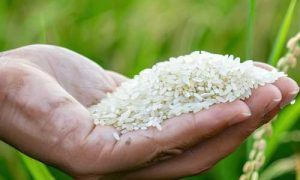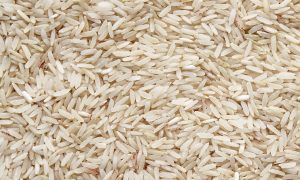Analysis: India to maintain tight control over rice, wheat exports amid persistent food inflation

India’s government maintains tight control over wheat and rice inventories amid soaring food inflation. Export restrictions persist post-elections due to political sensitivity and global market impact. Despite potential shifts post-monsoon, stringent policies reshape international trade dynamics, affecting global food security networks.
As India grapples with ongoing food inflation, the government is expected to continue its stringent monitoring and control of wheat and rice inventories, keeping a tight lid on the export of these crucial grains even after the general elections.
Continuous monitoring amid rising prices
Despite a temporary dip in food inflation in January, prices surged again in February and March, prompting the government to further tighten supply controls.
In March, food inflation rose for the second consecutive month to 190.6 points, marking a 7.68% increase from the previous year, according to government data.
This persistent inflation has led authorities to mandate weekly declarations of rice and wheat stocks by traders, warehouses, retailers, and processors starting from February and April respectively, in addition to maintaining export restrictions.
Political implications of staple food prices
In India, rice and wheat are not just staple foods but also politically sensitive commodities.
Historically, any significant price increase in these essential items has led to political unrest.
With this in mind, market participants anticipate that the current policies will persist even after polling concludes in June, reflecting the government’s cautious approach towards ensuring domestic food security.
Export restrictions and global implications
India, the world’s largest rice exporter and a significant player in the global wheat market, has imposed strict measures on grain exports.
In 2022 and 2023, the government banned exports of non-Basmati white rice, levied a 20% duty on parboiled rice exports, and set a minimum export price for Basmati at $950/mt.
These measures were primarily driven by lower domestic production expectations and have notably affected global markets, particularly as India emerged as a key supplier following disruptions in Black Sea wheat exports due to the Russia–Ukraine conflict.
Potential shifts post-monsoon
Looking ahead, India’s approach to export restrictions may shift following the monsoon harvest in October.
With the Food Corporation of India reporting rice stocks at 53 million mt as of April 1—nearly four times the buffer requirement of 13.5 million mt—the government might relax export restrictions to prevent a supply glut.
Impact on international markets
India’s stringent export policies have already begun reshaping trade dynamics, particularly in regions heavily reliant on Indian rice, such as West African nations.
Continued restrictions could lead to India losing market share in these areas, affecting not only local economies but also global food security networks.














